Just because my Intel-based MacBook won’t get the latest version of macOS after Tahoe doesn't mean it's time to retire it. These machines still have plenty of life left in them, especially with a little creativity and the right software. Whether you want to breathe new life into your laptop or dedicate it to a specific purpose, there are many ways I’ve found to keep my older MacBook functional long after official support ends.
6 Install a lightweight Linux distribution
Linux gives your old MacBook a second wind
Linux is an excellent way to keep an older Intel-based MacBook running smoothly. There are many lightweight distributions, such as Ubuntu Mate, Linux Mint, or elementary OS, that can run efficiently even on older hardware. The systems are updated frequently and support a wide range of software, keeping your MacBook secure and usable for years to come. Most major Linux distros also offer good compatibility with Apple hardware, including Wi-Fi, Bluetooth, and even the trackpad.
Once installed, you can use your MacBook as a reliable web browsing machine, programming workstation, or even a small server. LibreOffice replaces your office suite, Firefox or Chromium takes care of web access, and most apps you'd want are free and open source. You can also make use of the terminal and scripting features for automation and system maintenance. It's a flexible setup that turns a dated laptop into a modern, productive device.
Installing Linux does not require removing macOS entirely unless you want to. You can dual-boot both systems or completely wipe the drive if you no longer need macOS. Either way, the Linux community offers plenty of guides and support forums to help you through the process.
Stream movies and music throughout your home
With the right software, your Intel MacBook can act as a powerful media server. Tools like Plex, Jellyfin, or Kodi allow you to host a comprehensive library of movies, music, and TV shows. You can access the content on your TV, smartphone, or other devices, all streamed locally over your network. This gives your MacBook a permanent spot in your entertainment setup.
Most media servers benefit from being connected to external storage, so adding a USB drive or SSD helps expand your library. The MacBook's built-in screen can still serve as a control center, or you can run it headless and manage everything through a web browser. Even with older hardware, these apps run well, and the MacBook stays relatively quiet.
If you want remote access, you can enable secure connections and even stream content from your media server while away from home. This makes it more than just a local hub, turning your laptop into a portable cloud. Whether you're watching classic movies or streaming music, your MacBook stays useful without needing the latest operating system.
4 Use it for retro gaming and emulation
Emulators turn it into a classic game system
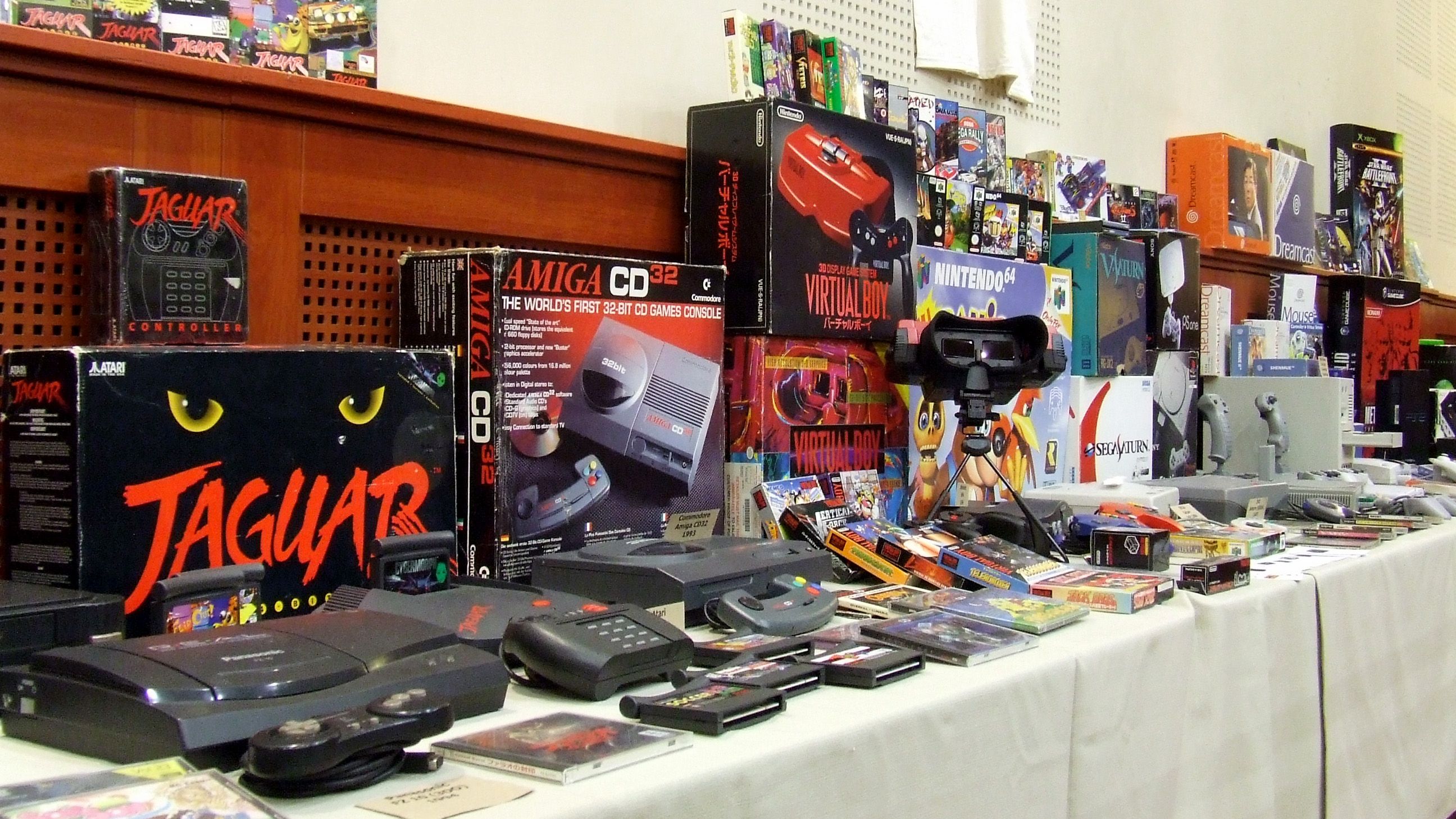
Source: Wiki Commons - Christo
Older Intel-based MacBooks make excellent machines for retro gaming. With apps like OpenEmu, RetroArch, or standalone emulators for systems like SNES, PS1, and Game Boy, you can relive older titles easily. These tools are well-supported and work smoothly on older macOS versions or alternative operating systems, such as Linux. Your MacBook becomes a retro arcade that fits on your lap.
You can connect the system to a Bluetooth controller or even a USB gamepad for a more authentic experience. If you prefer, it can be connected to a TV using an HDMI adapter for a larger screen experience. Emulation is not particularly demanding on hardware, so even older MacBooks can handle it effortlessly.
There are also options for downloading and managing your ROM library in a clean and organized manner. Some emulators offer save states, cheat support, and rewind features, enhancing the experience beyond what the original consoles provided. It's a fun and engaging way to extend the usefulness of your MacBook without requiring any significant upgrades.
3 Turn it into a writing or coding machine
Minimal distraction setup for focus and productivity
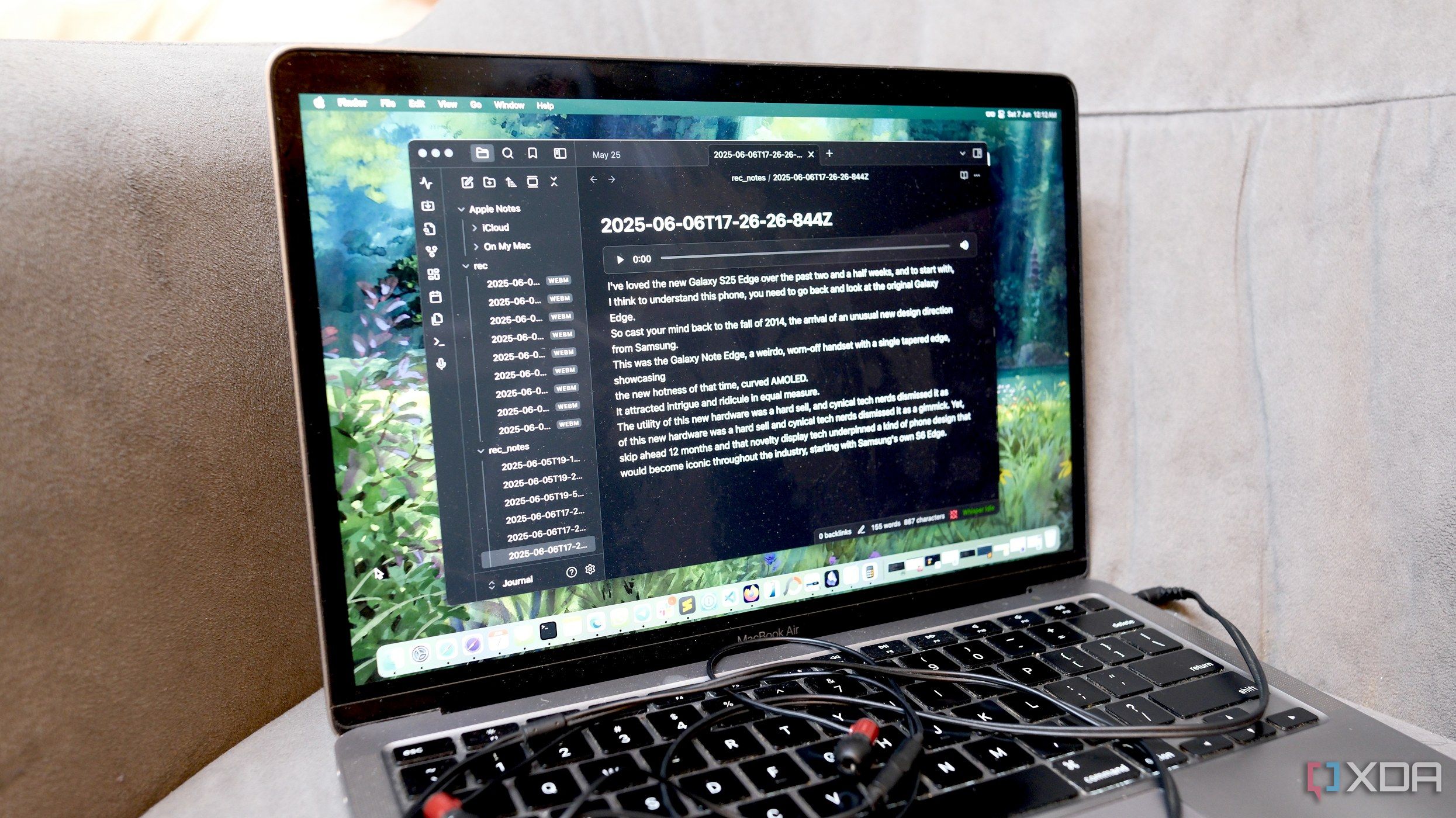
Even without the latest macOS updates, an Intel MacBook can still be an excellent tool for focused writing or coding. Lightweight tools, like FocusWriter, Obsidian, or Typora, help create a minimalist workspace. Developers can install code editors like VS Code or Sublime Text on older versions of macOS or Linux. With a clean environment, it's easier to avoid distractions and focus on real work.
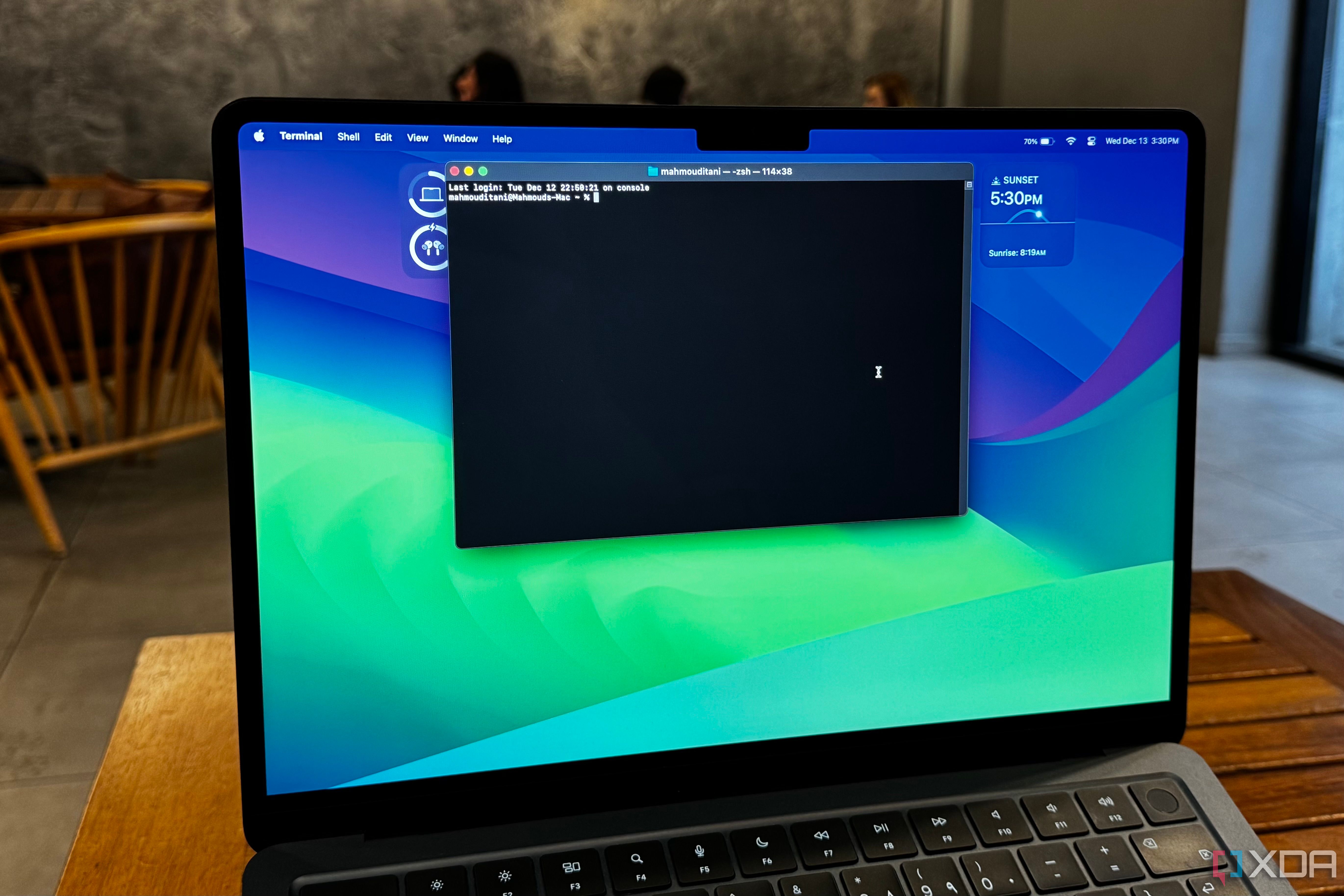
Related
7 essential macOS Terminal commands that every user should know
macOS is one of the easier operating systems to use, but there are a lot of advanced tools available through the Terminal.
For writing, the MacBook keyboard remains a strong point, especially compared to many modern laptop keyboards. Whether you're drafting blog posts, novels, or technical documentation, this setup encourages long sessions of productive typing. Add markdown support, version control with Git, and local backups, and you have a solid digital notebook.
If you work with code, you can still use GitHub, terminal tools, and Web technologies without any issue. You might not get all the bells and whistles of the latest IDEs, but for many projects, simplicity is a plus. The setup can be a breath of fresh air if your current devices feel cluttered.
2 Repurpose it as a smart home dashboard
Use that old MacBook as a control center
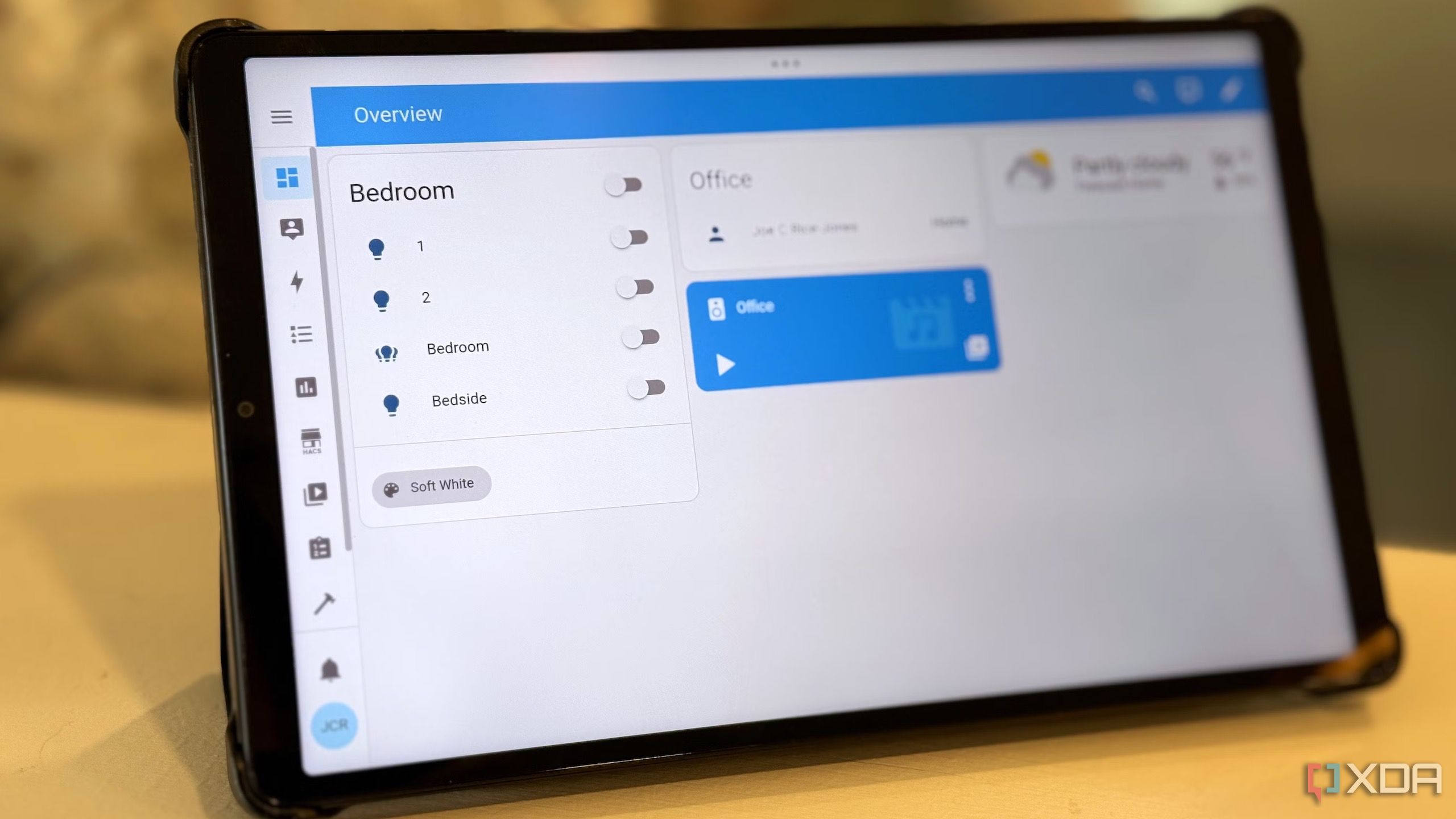
You can dedicate your Intel MacBook to run as a smart home control dashboard. By setting up a browser in kiosk mode or installing Linux with a web dashboard like Home Assistant’s Lovelace UI, it becomes a permanent interface for your entire home. Mount it on the wall or set it up in your office, and you have instant access to lights, sensors, cameras, and automation triggers.
This is especially handy if you don't want to rely solely on your phone for home control. A full-screen browser running the Home Assistant interface looks clean, and it's easy to use with a mouse or touchpad. You can even run it in kiosk mode, so it boots straight into the dashboard without needing to log in.
If you're using other tools like Node-RED, MQTT dashboards, or weather and calendar overlays, the MacBook's larger screen gives you room to display multiple widgets at once. It turns what was once a daily laptop into a permanent fixture with real utility in your home.
Local server, router, or firewall utility
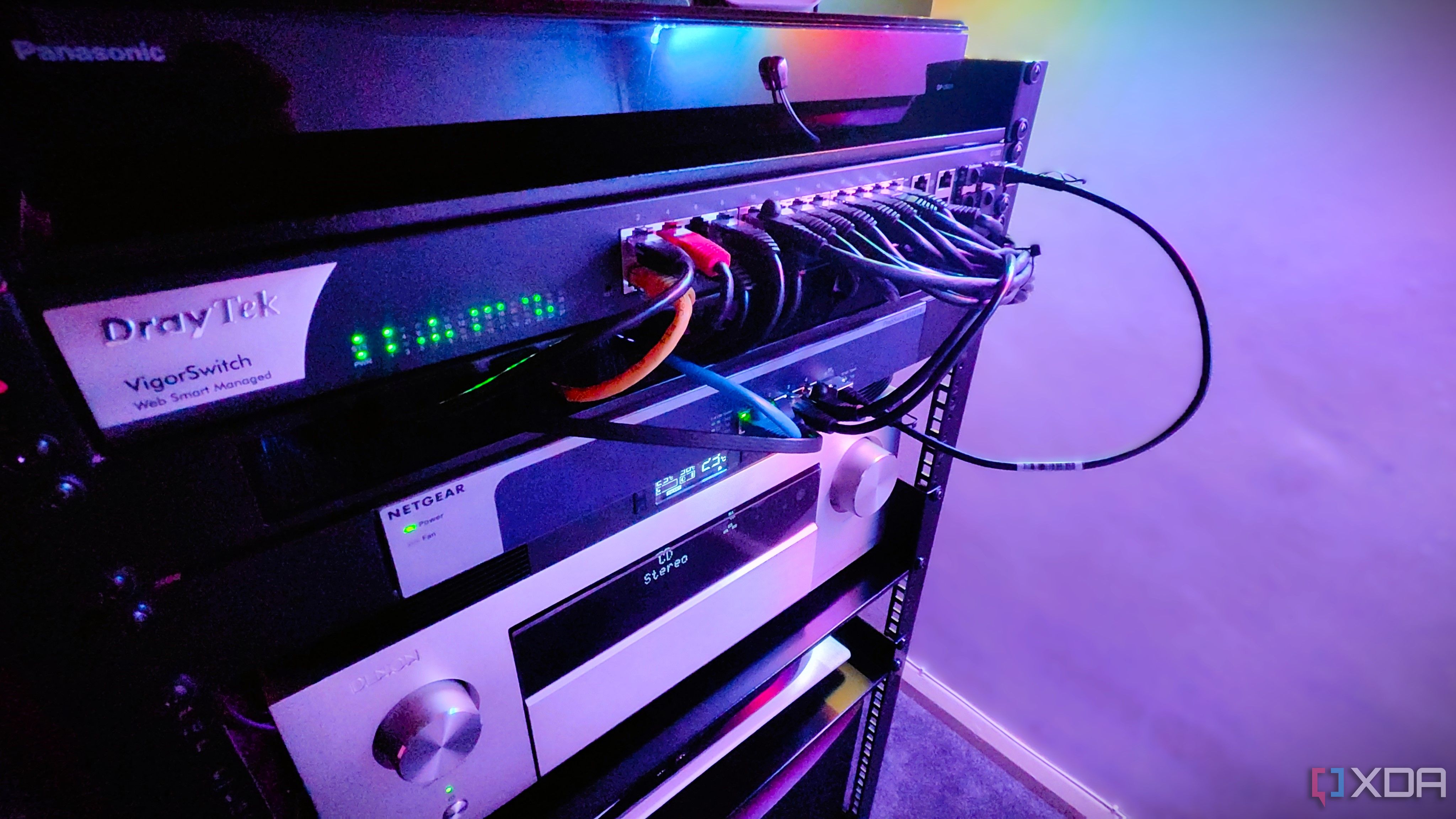
Your Intel MacBook can also take on tasks in your home lab or network setup. It can run tools like Pi-hole to block ads and trackers on your entire network. You can install network monitoring apps, like Wireshark, or use it for SSH and VPN access. As long as it can connect to your network reliably, it remains a powerful utility machine.
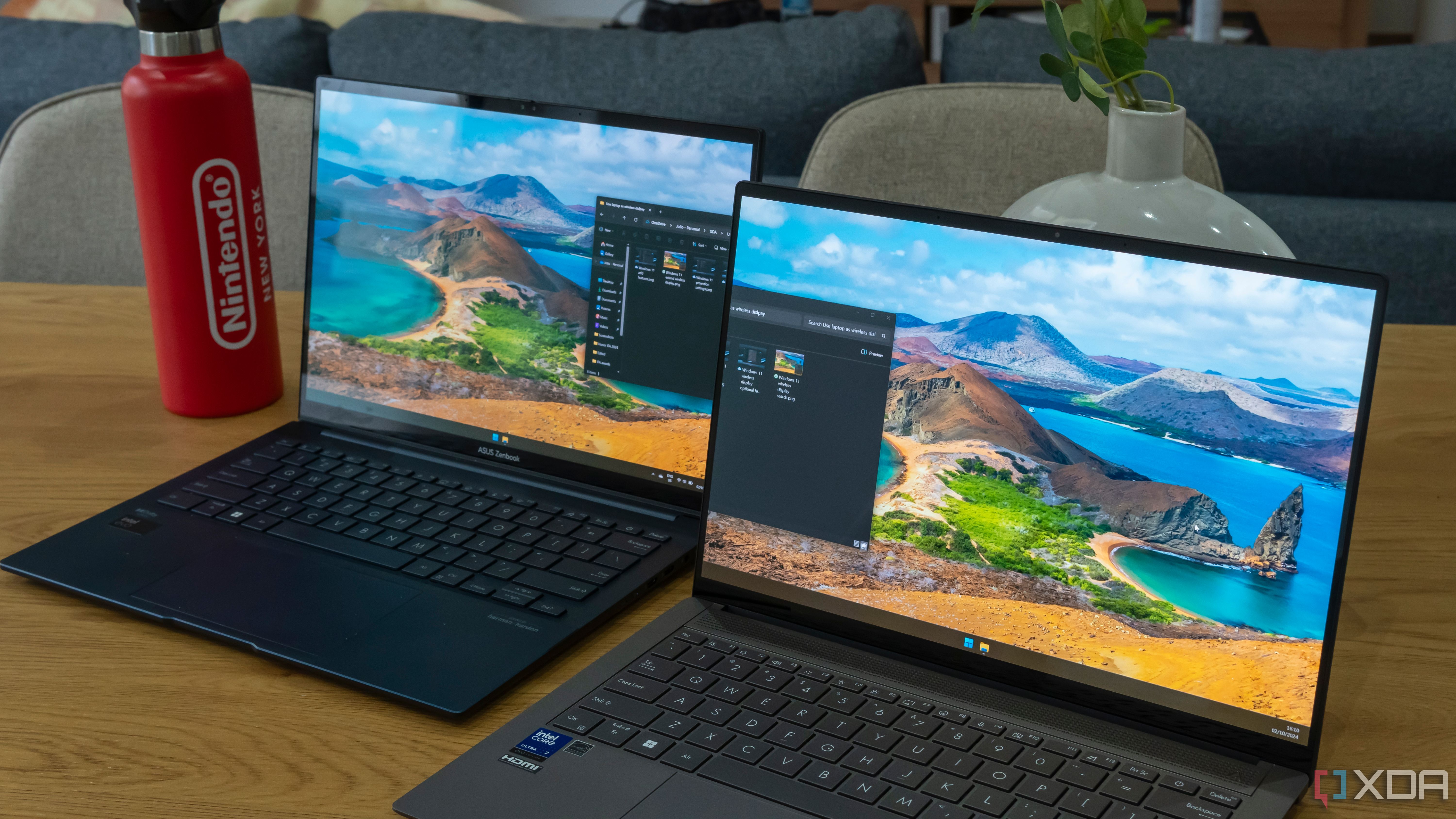
Related
7 uses for old laptops you’ve probably never considered
Before you recycle that old laptop, consider some of the uses for them you might not have considered.
For advanced users, you could even configure your older MacBook as a basic router or gateway using software such as pfSense or openWRT. However, you might need external hardware for multiple network interfaces. Running Docker containers on Linux or older macOS versions is also possible, giving you flexibility in what services you deploy. It's an efficient way to upload small tasks from other machines in your network.
Because it has a battery and compact form, the setup can also be moved around when needed. Whether troubleshooting a network issue or setting up a quick test server, your MacBook becomes a flexible asset instead of sitting in a drawer collecting dust.
Don’t throw it out, that Mac still has life in it!
Losing macOS support does not mean your Intel-based MacBook becomes useless. With a little effort, you can repurpose that laptop into something fun, helpful, or even essential to your home setup. From running Linux and streaming movies to controlling smart home devices or writing your next book, there are many ways to give it a second life. The key is to match the task to the hardware and keep your expectations realistic.
.png)
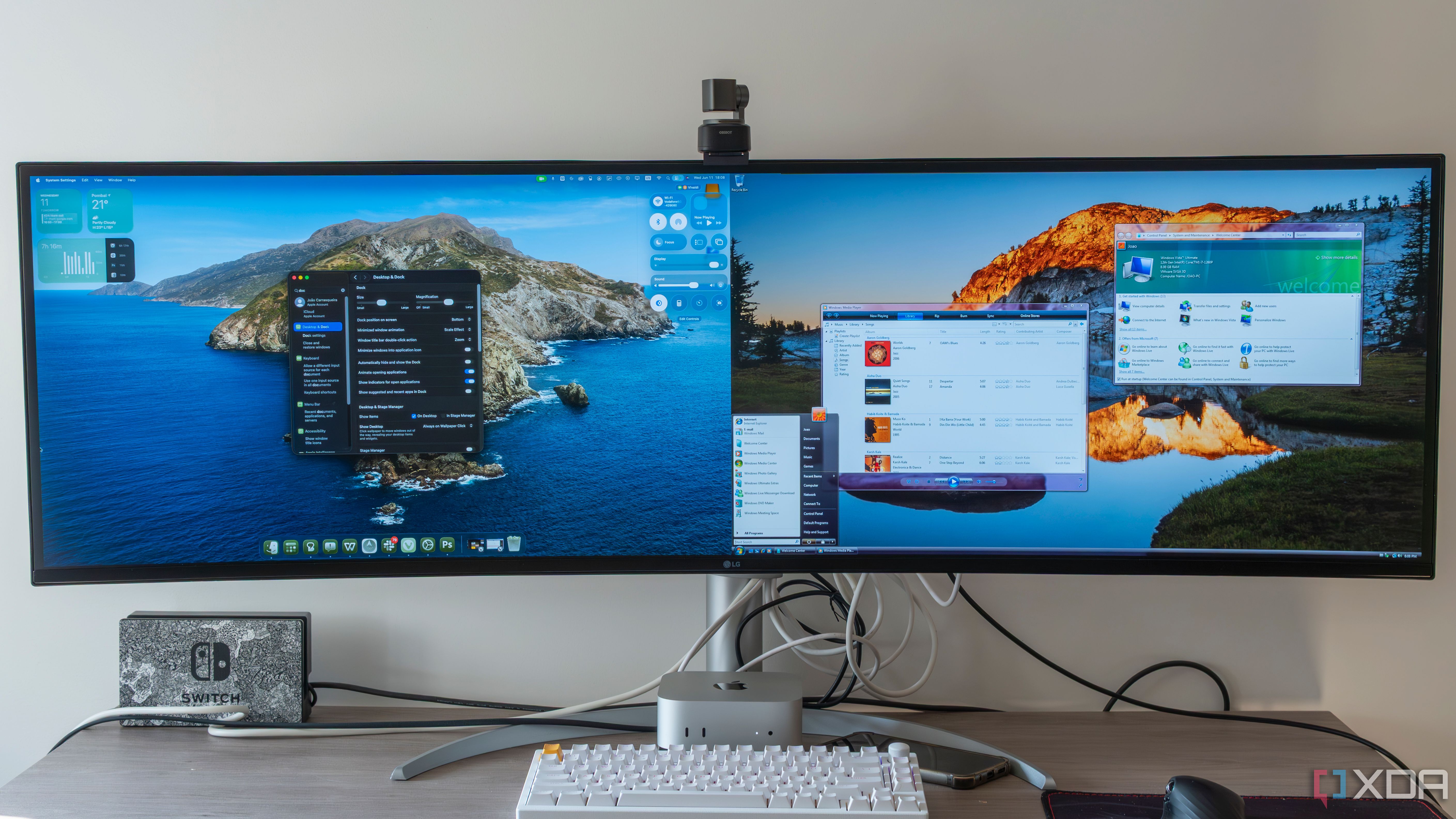




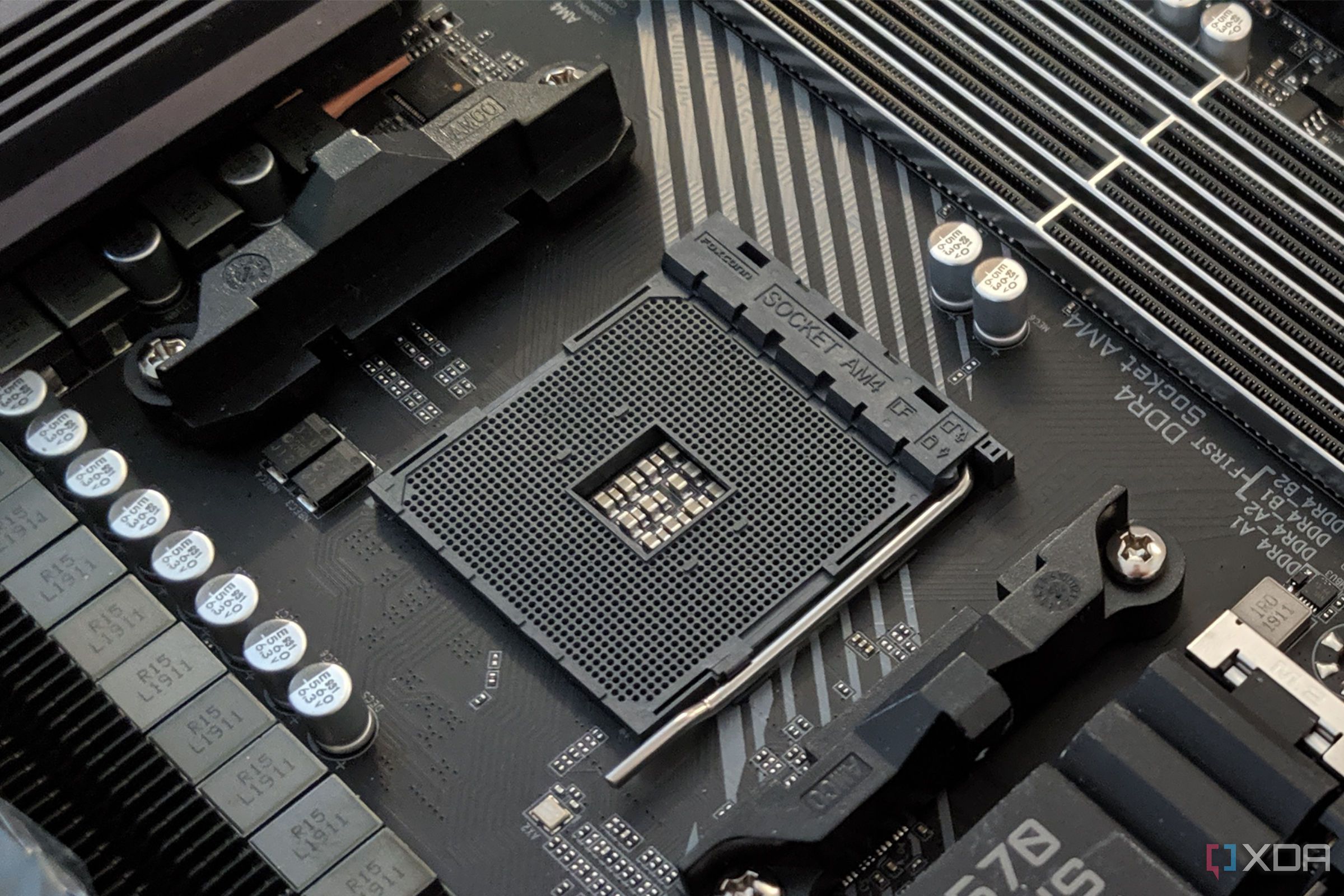





 English (US) ·
English (US) ·